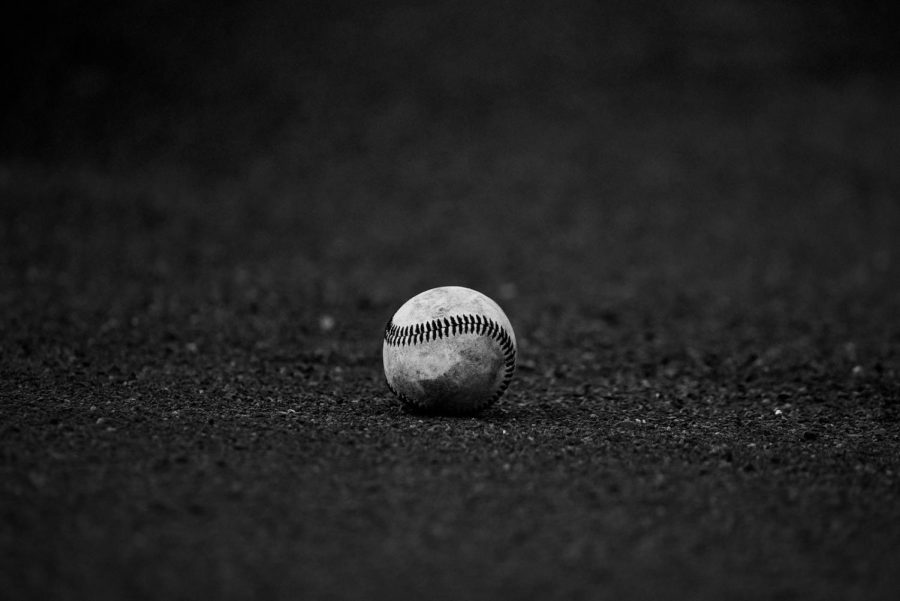Exploring The Science Behind Every Pitch And Swing: The Physics Of Baseball
The fascinating science behind the sport of baseball.
Source: Rachel Xiao
First, let’s start with the basics. A pitcher’s mound is in the middle of a field that is typically 90 feet square where baseball is played. The pitcher throws the ball to the batter, who tries to hit it with a bat. In an effort to score a run, the batter rounds the bases after making contact with the ball.
Momentum is one of the fundamental physics concepts that affect on baseball. The relationship between an object’s mass and velocity is known as its momentum.
Another important physics principle in baseball is the Magnus effect. When the ball is spinning, this effect is at work. A pocket of air and a region of high pressure are formed on opposite sides of the ball as it spins. As a result, the ball begins to arc toward the region of low pressure. Curveballs, which can be challenging for batters to hit because the ball is moving unexpectedly, are thrown by pitchers using this effect. Another important aspect of baseball physics is gravity. Gravity acts on the ball as it is thrown, causing it to fall toward the ground. This implies that the angle at which the ball is thrown affects its flight. The air resistance, or drag, that the ball encounters as it travels through the air also plays a significant role in its trajectory. Drag force increases with the speed of the

ball and is affected by factors such as the air temperature, humidity, and altitude. A ball hit in humid, warm conditions with low altitude will experience less drag and travel farther than a ball hit in cold, dry conditions with high altitude.
Finally, we reach the actual bat. This area of physics in baseball includes the study of exit velocity. Exit velocity is a measure of how fast the ball is traveling off the bat when it is hit by the batter. A higher exit velocity can result in a harder hit ball that travels farther. This is because the amount of energy transferred from the bat to the ball is directly related to the velocity of the bat at impact. The launch angle of the ball is also a key factor in its trajectory.The launch angle is the angle at which the ball leaves the bat. A ball hit at a higher launch angle will travel higher and have a longer hang time, while a ball hit at a lower launch angle will have a shorter hang time but may travel farther horizontally. Launch angle is affected by the trajectory of the pitch, the point of contact between the bat and ball, and the swing mechanics of the batter.
RELATED STORIES:
http://baseball.physics.illinois.edu/
https://magazine.wvu.edu/stories/2020/03/11/the-physics-of-baseball
http://www.stevetheump.com/HR_physics.htm
https://thehoya.com/science-and-sports-the-physics-behind-baseball/
http://www.physics.usyd.edu.au/~cross/baseball.html
TAKE ACTION:















